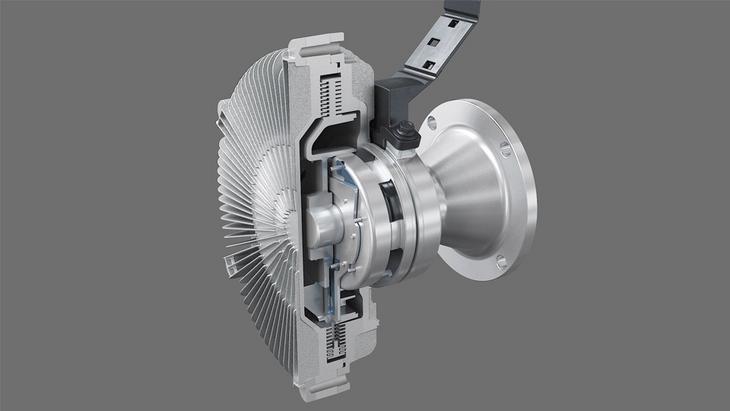
How viscous technology is used in engine cooling
March 4, 2021
When you hear the term "viscous," your mind might go to measuring the fluidity and durability of food and drugs. But viscous technology is currently being applied in a variety of verticals, from appliances to heavy machinery.
It's also used to cool large on- and off-highway engines to precise temperatures. Variable-speed fan drives can control the fan to the precise speed required for the engine cooling by using advanced forms of viscous technology.
How?
By regulating friction between a pair of plates in the fan drive, viscous technology allows the engine control unit to control the speed of the fan all the way from full off to its maximum speed. Because the fan is always running at the exact cooling requirement of the engine load in ambient conditions, operators aren't wasting energy by spinning the fan too fast.
In colder climates -- like we've had across North America this winter -- it also can limit fan speed, so engines on trucks, construction equipment, tractors, mining vehicles and other applications aren't over-cooled
Other benefits of this precision cooling include making diesel particle filter regeneration cycles more efficient. By limiting fan speed during run time, the engine comes up to temperature and burns chemicals off much more quickly.
That can mean lower emissions in addition to the performance benefits that come from accurate cooling.
